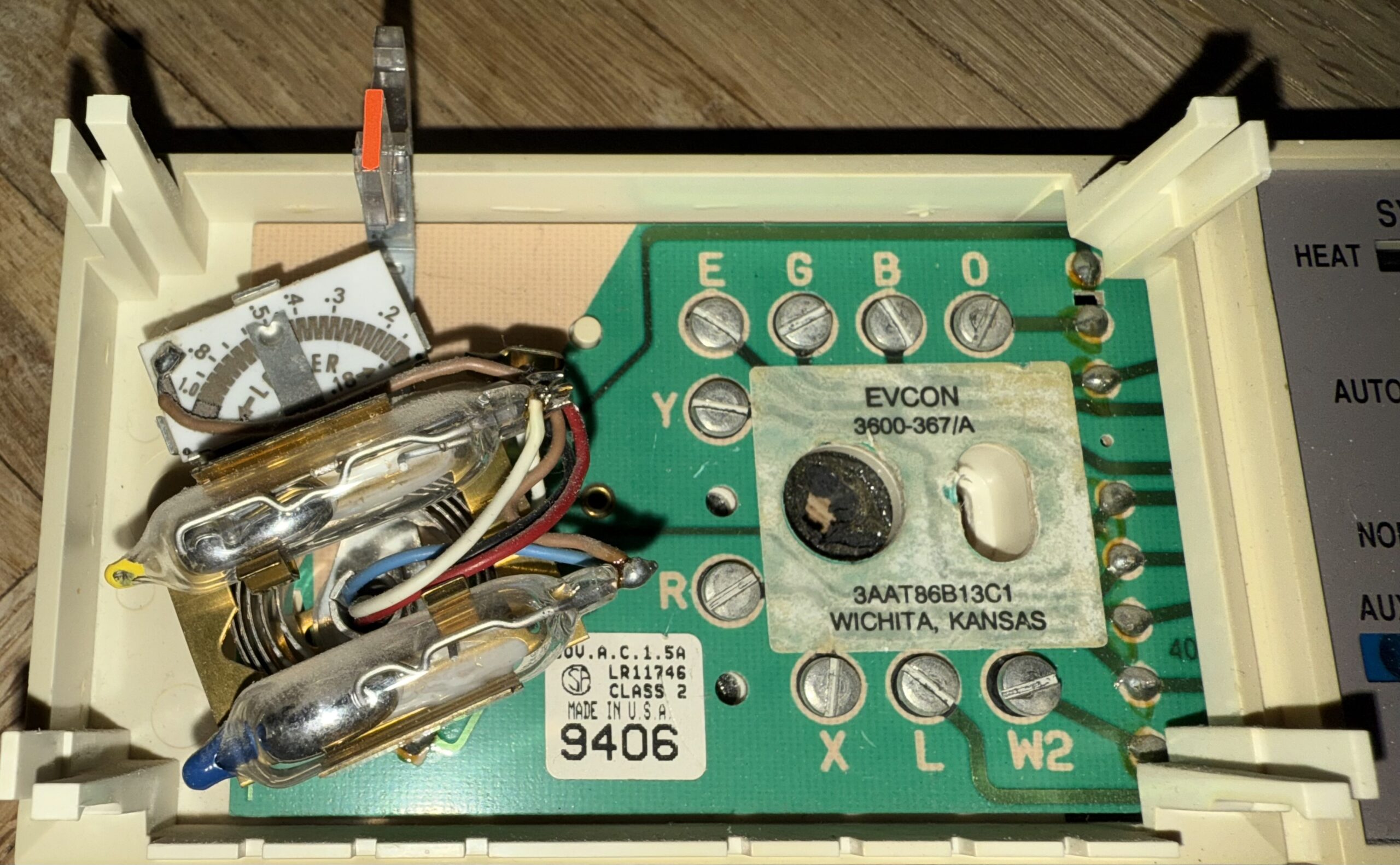
Introduction
Mercury is a fascinating element, known for being the only metallic element that remains liquid at room temperature. It has been used for centuries in a wide range of applications, from ancient medicine to modern technology. One of its more modern uses is in mercury switches, which were a crucial component in older thermostats that controlled home heating and cooling systems. While digital thermostats have replaced most mercury switches, understanding how these devices worked gives us insight into the ingenuity of early technology.
Before diving into how a mercury switch works, let’s explore the fascinating history of mercury itself, including who discovered it, when, and where.
Who, When, and Where Was Mercury Discovered?
Mercury, also known as quicksilver, has been known to humans for thousands of years, making it difficult to attribute its discovery to a single person or civilization. However, we do know that mercury has a long history, with its use dating back to ancient times.
Early Use of Mercury
- Ancient Egyptians and Greeks: Mercury was used as early as 1500 BCE by the Egyptians, who employed it for medicinal and cosmetic purposes. The Greeks also utilized mercury in ointments and cosmetics. Its strange, liquid form fascinated ancient peoples, and the element’s ability to move like water while maintaining a metallic luster earned it the name quicksilver.
- Chinese and Hindu Civilizations: Mercury was also well-known in ancient China and India, where it was used in alchemy and traditional medicine. The Chinese emperor Qin Shi Huang, for example, is said to have taken mercury pills in his quest for immortality, which tragically contributed to his death.
The Discovery in the Western World
- Alchemy and Early Science: By the Middle Ages, mercury became important in alchemy, the precursor to modern chemistry. Alchemists believed mercury had mystical properties and could transform base metals into gold. This belief spurred much research into its properties.
- Antoine Lavoisier’s Contributions: In the 18th century, chemist Antoine Lavoisier, often referred to as the “Father of Modern Chemistry,” made significant strides in understanding mercury. He helped classify it as one of the chemical elements, contributing to the breakdown of the alchemical myths surrounding mercury and laying the groundwork for modern chemical science.
How Does a Mercury Switch in a Thermostat Work?
Now that we’ve explored mercury’s ancient and modern history, let’s take a look at how mercury was used in a very practical way: controlling the temperature in homes through mercury switches in thermostats.
The Mechanism Behind the Mercury Switch
- Tilted Tube: Inside a thermostat that uses a mercury switch, there’s a glass tube filled with liquid mercury and two metal contacts at either end of the tube. The tube is attached to a bimetallic strip, which consists of two different metals that expand or contract depending on the temperature.
- Temperature Changes: When the room heats up or cools down, the bimetallic strip bends because the two metals expand or contract at different rates. This bending causes the glass tube with mercury to tilt.
- Mercury Completes the Circuit: As the tube tilts, the liquid mercury flows toward one of the metal contacts. If the mercury touches both contacts, it completes an electrical circuit, signaling the heating or cooling system to turn on or off.
- Temperature Regulation: When the room reaches the temperature set by the thermostat, the bimetallic strip straightens out again, tilting the mercury tube in the opposite direction. This causes the mercury to move away from the contacts, breaking the circuit and stopping the furnace or air conditioner.
In essence, the mercury switch acts as an on/off switch, controlling the home’s temperature by completing or breaking the circuit based on the position of the mercury inside the glass tube.
Advantages and Disadvantages of Mercury Switches
- Advantages: Mercury switches were prized for their reliability and durability. The smooth movement of liquid mercury ensured minimal wear on the metal contacts, making them long-lasting and maintenance-free.
- Disadvantages: Mercury is a toxic substance, and if the glass tube inside the thermostat breaks, it can pose a health risk. Additionally, improper disposal of thermostats with mercury switches can lead to environmental contamination, which is why newer, digital thermostats have largely replaced mercury switches.
Properties of Mercury and Its Other Applications
Mercury has several interesting properties that have made it valuable in various technologies over time:
- Liquid Metal: Mercury is the only metal that remains liquid at room temperature, making it unique among elements. This property made it ideal for use in thermometers, barometers, and electrical switches.
- High Conductivity: Mercury is a good conductor of electricity, which is why it was used in devices like mercury switches to complete circuits smoothly.
Mercury’s applications extend beyond thermostats:
- Dental Amalgams: For many years, mercury was used in dental fillings, where it was combined with other metals to form a durable material.
- Fluorescent Lamps: Mercury vapor is used in fluorescent light bulbs, where it produces ultraviolet light, which is then converted into visible light by the bulb’s phosphor coating.
Due to the harmful effects of mercury on health and the environment, its use in these products has been reduced or replaced by safer alternatives.
Conclusion
The mercury switch was once a standard component in thermostats, helping people control the temperature in their homes. Its use of mercury to open and close electrical circuits based on temperature changes was a clever and reliable solution before the advent of digital technology. However, due to mercury’s toxicity, this type of switch has been largely phased out in favor of safer, more environmentally friendly alternatives.
The history of mercury is long and fascinating, stretching back to ancient civilizations and spanning centuries of scientific discovery. Though its use is limited today due to environmental concerns, mercury’s contributions to technology—from early medicine to modern switches—underscore its importance in the development of many technologies we now take for granted.
 using WordPress and
using WordPress and
No responses yet